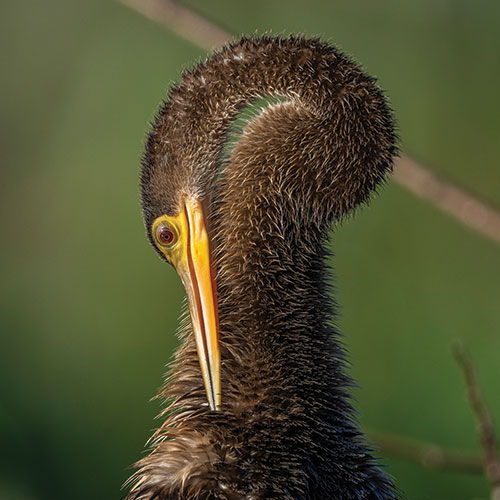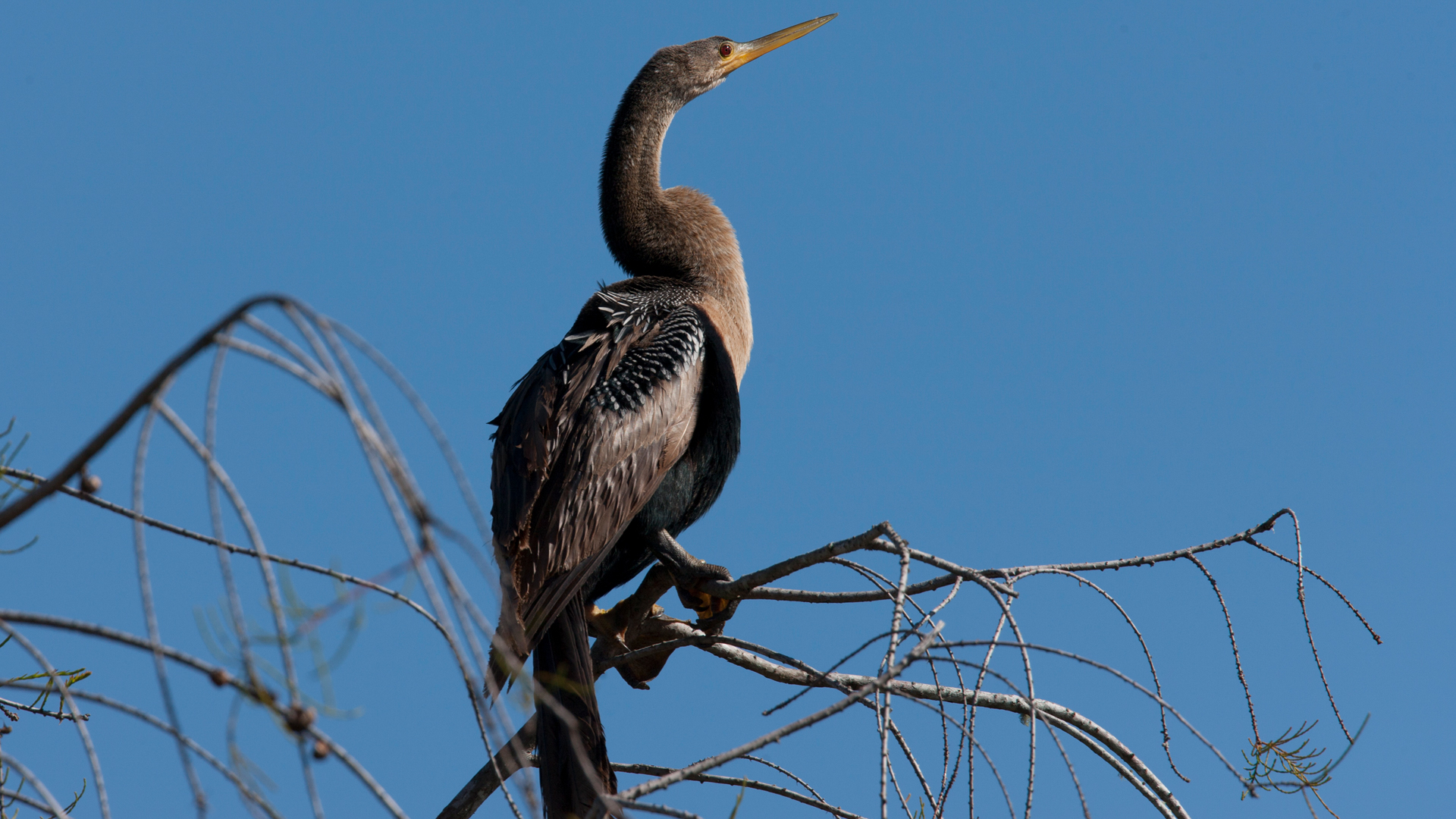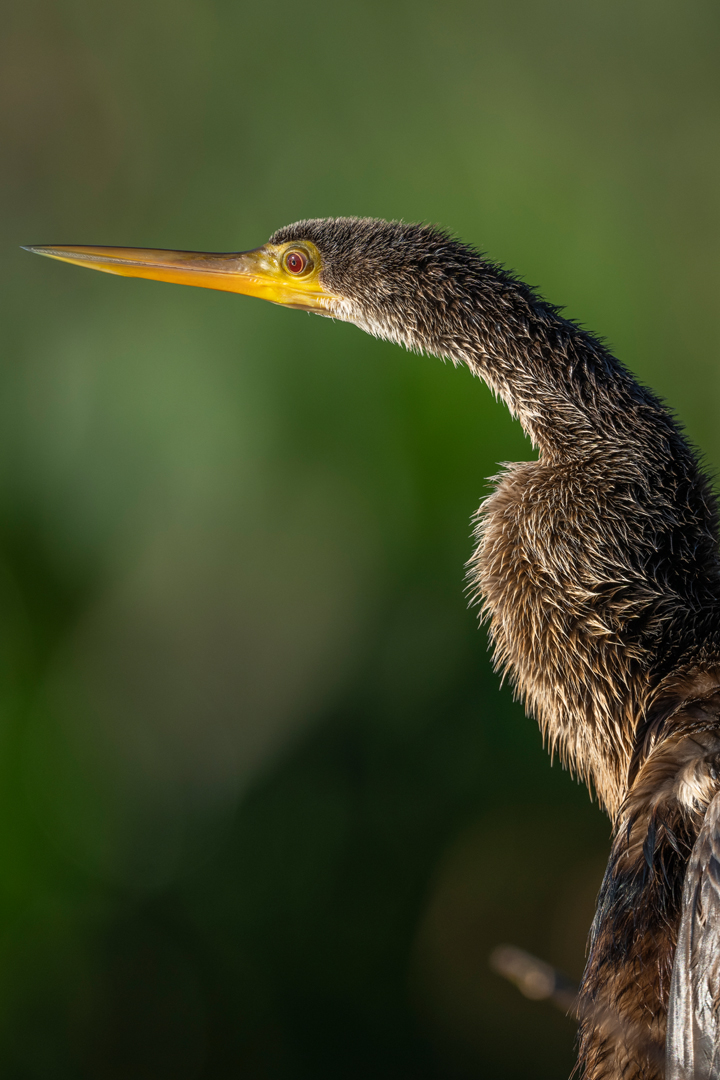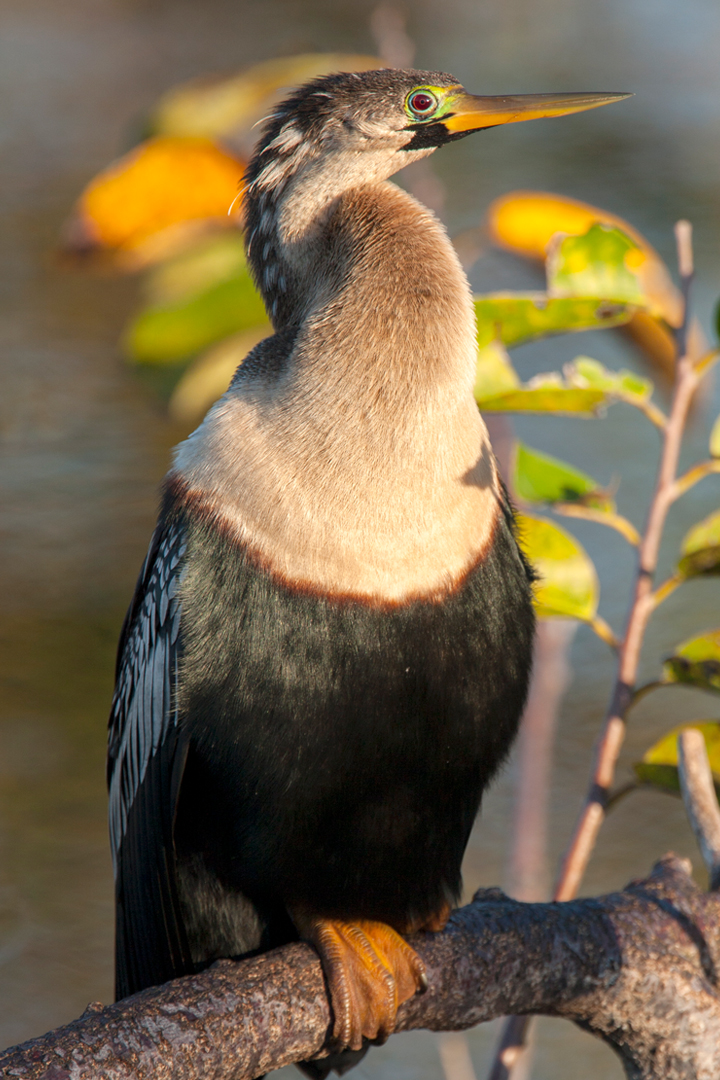

Anhinga
Anhinga | South Florida
| INFO | DATA |
|---|---|
| Family |
Anhingidae |
| Class | Aves |
| Species | Anhinga. Anhinga |
| INFO | DATA |
|---|---|
| Length | 30–37 inches |
| Wingspan | 45 - 48 inches |
| Weigh | 2.7 pounds |
Characteristics: With its lengthy beak, neck and tail, the anhinga stretches out almost a metre. Its wingspan is about 1.1 metres. Weight is about 1.2 kilos. Except for the female's pale-brown head, neck and upper chest, The anhinga is glossy black. Wing coverts and long, lance- like scapulars have silvery spots and streaks. The tail with its buffy tip fans out like a turkey's. Bill and legs are yellow. During breeding season, the male acquires a spray of wispy, whitish plumes on its nape, and its facial skin turns turquoise. Juveniles resemble the female though the neck and upper chest are buffier and they lack most silver markings.
INTERACTIVE
Draw, Experience and Learn
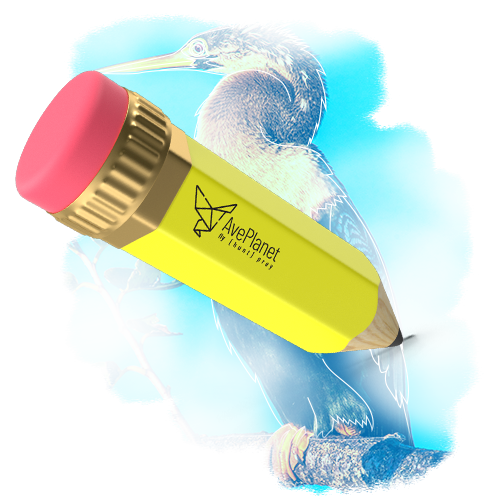
Draw The Anhinga
1. Download the: Drawing Template
VIDEO GUIDEMake sure you have paper, color pencils, and a lot of fun

Activate the Hologram
Scan the QR on your phone
OPEN QRMake sure you have the AvePlanet HoloPyramid or ask for one
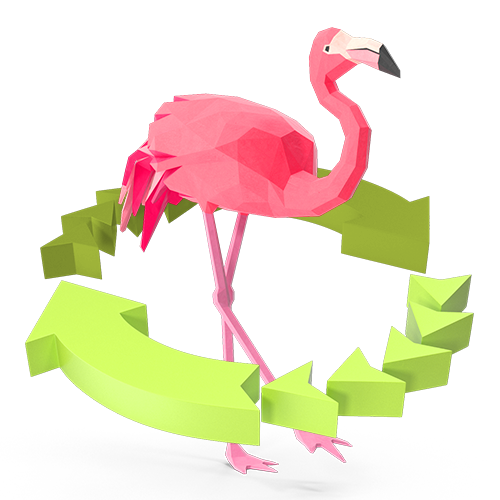
Our 3D Experience
Interactive Explore the Species
GO PLAYExplore the 3D model in detail, discover interesting secrets.
Habitat
Where does it live?
At lower elevations, the anhinga prefers fresh water, usually still, sheltered waters. like lakes, ponds and marsh It requires nearby perches such as logs or low branches to dry its waterlogged feathers after feeding. It sometimes haunts brackish waters such as lagoons and mangroves.
Distribution: From North Carolina, the anhinga ranges south through the coastal states, across Central America and well into South America
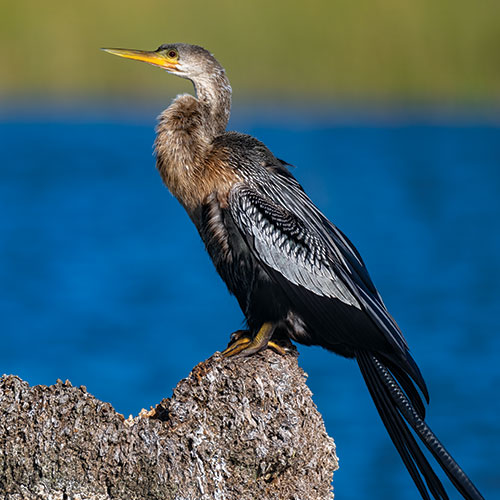
Food
The Anhinga is a great fisher!
The anhinga is a piscivore. Smaller, flatter-sided, slower moving fish make up most of its diet. It also consumes crustaceans (crayfish, shrimp) and aquatic insects. In Florida, it takes caiman hatchlings
The anhinga exhibits fascinating feeding cycles. With its unique fishing technique, it dives underwater, using its sharp beak to catch fish. After surfacing, it spreads its wings to dry. This behavior, known as "wing drying," helps regulate body temperature and remove excess water. Witness the remarkable rhythm of hunting, diving, and wing drying as the anhinga gracefully navigates its aquatic world.
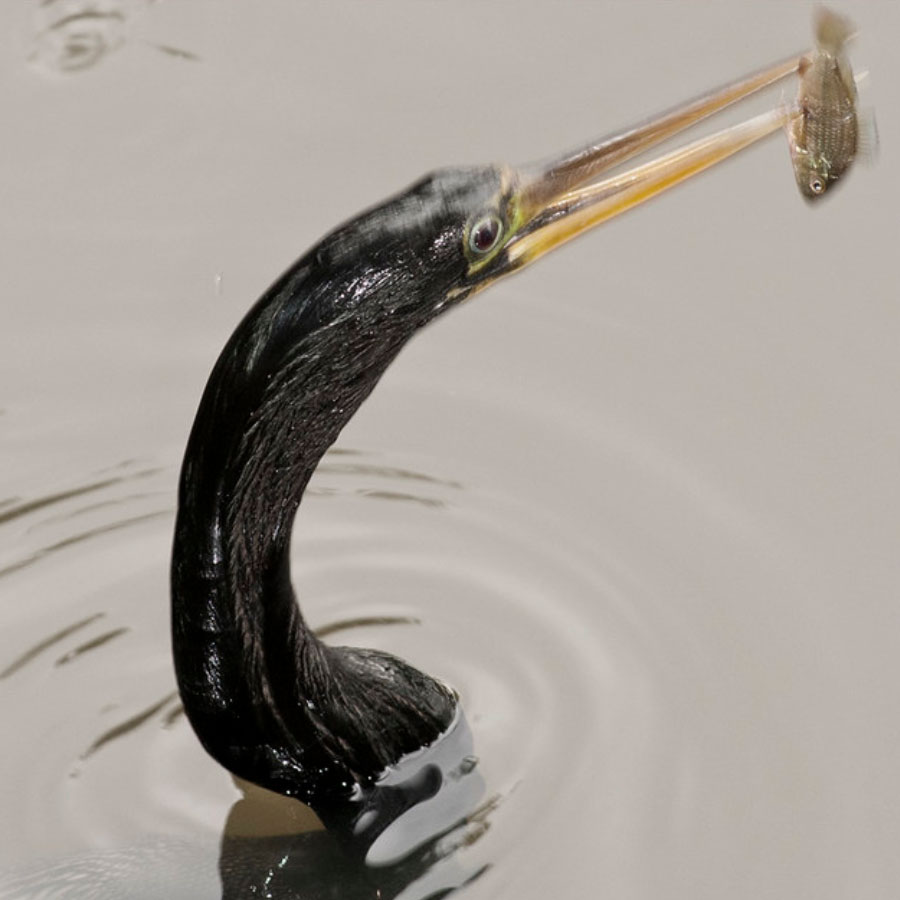
Reproduction
How the anhinga makes new baby anhingas
Breeding is year round in the tropics and seasonal elsewhere. In trees over or near water, anhinga nest colonially with other large water birds, often using old nests.
Courtship begins with the male performing wing waves, reverse bowing, and head swaying. To claim a nest site, he deposits twigs and does aerobatic soaring. Later he brings sticks and leaves that the female weaves into a bulky platform. After she lays 2 to 6 eggs, the pair shares the brooding for the 25 to 30 days till hatching. When switching places, they often perform recognition displays such as stretching out or entwining their necks as well as vocalizing. Males are aggressive in defending the nest. They spread their wings and snap at intruders.
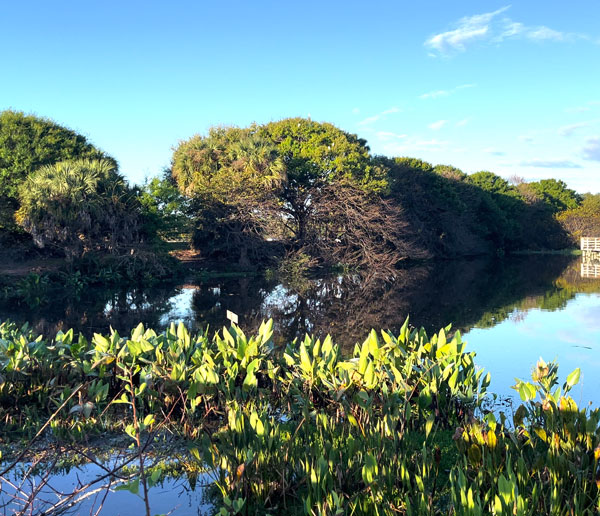
THE FACTS
Get to know more about the species
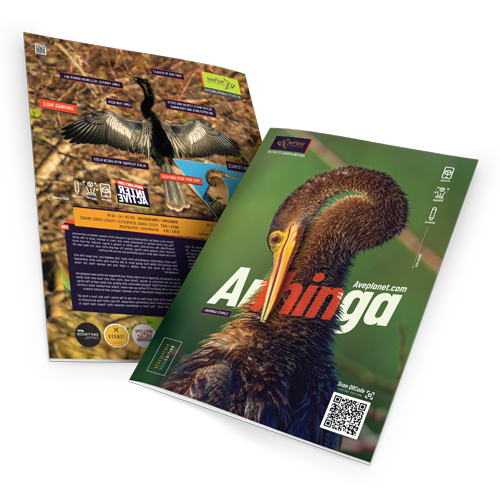
Find Our Brochure
An interactive educative tool
This fascicle contains important information about each species, as well as a QR code that will take you to our project's website, where you will be able to surf through the different species with audiovisual and educational information.
Our print version is super high resolution, very fun, and educative. You can have them in your organization by becoming a sponsor.
DOWNLOAD PDF

